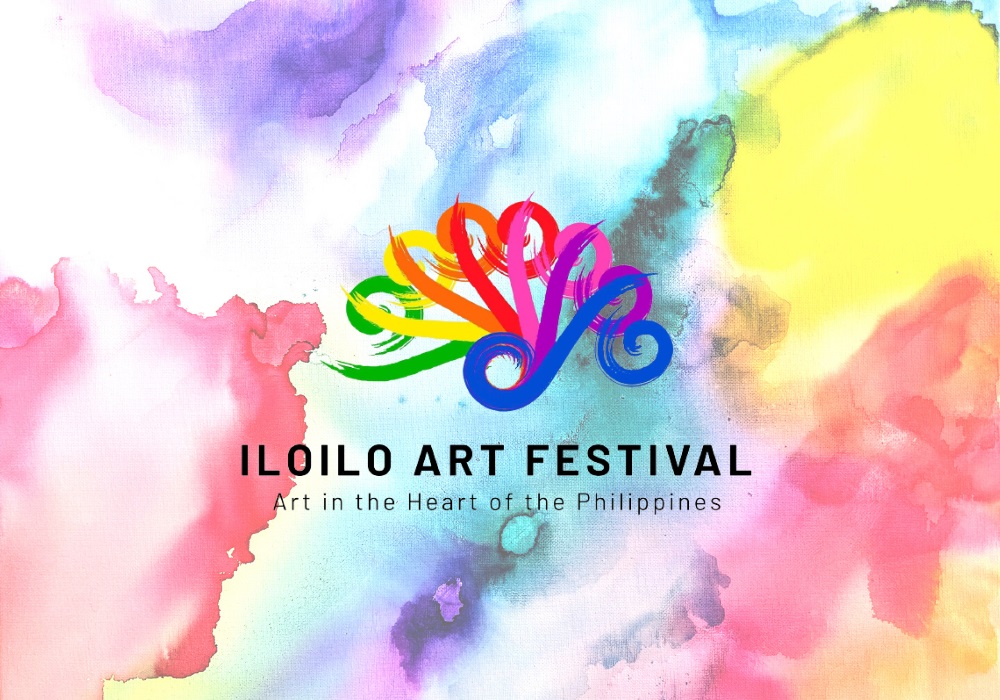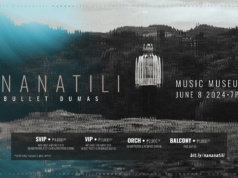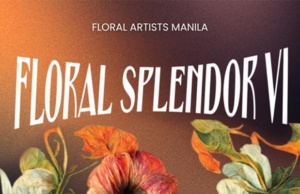Art in the Heart of the Philippines

“Through the arts, we invest in Iloilo’s future”, is the mantra of the newly spawned Iloilo Art Festival. The festival aims to promote local art and culture, as well as bring locals together and attract visitors to the City of Love. It was launched on December 11th, 2019 in Iloilo and is part of the vision of Iloilo City Mayor Jerry Treñas’ to make Iloilo the arts capital of the Philippines.
Apparently, the once then dubbed “Iloilo Summer Arts Festival” was canceled in 2020 due to the pandemic. After two years of rigorous efforts to fight COVID-19, Iloilo is back on track and eager to continue planned activities for the city, including the Iloilo Art Festival.
The Iloilo Art Festival aims to highlight Ilonggo creativity, history, and culture, and make art in all forms accessible to people from all walks of life, through a series of events in public spaces.
The Iloilo Art Festival will feature Ilonggo artists in all forms of art: visual art, music, dance, film, theater, and literature, as well as culinary, horticulture, and culture in a living museum. It is said to be the biggest and longest art festival in the country.
The City of Love becoming the center for culture and arts. It can be recalled that the art industry is slowly booming in Iloilo – murals being crafted as local attractions, public places being adorned with unique creations, and even bridges are being painted on.

Schedule of Activities
December 04, 2021
Grand opening
Iloilo Museum of Contemporary Arts (ILOMOCA)
Activities
Full Circle by Himbon, SM City Iloilo, 10am
Mass-Sanag by Sanag, AR Sculptura, 10am
Hayahay by AVAC, Cinematheque Iloilo, 10am
Halad by Himbon, Himbon Art Hub, 3pm
A Lasting Passion by Sigahom, Mamusa, 3pm
Rx Ad Libitum by Clinic Group, Mamusa, 3pm
December 05, 2021
Galerie de Arsie, 5pm
December 06, 2021
Christmas in Our Hearts by Himbon, Robinsons Jaro, 5pm
Hublag Subong by Agurang, UPV Art Gallery, 5pm
December 10, 2021
Flavors of Youth by Abay, SM City Iloilo, 10am
Finding Home by Thrive Art Projects, 3pm
December 17 to 18, 2021
DOOL by Artivism, Marymart

Museums and Galleries in Iloilo
Galleries and museums fully operational in the City of Love. These galleries include the Art Deck Gallery by the John B. Lacson Foundation Maritime University (JBLFMU); Ceramico Arts and Crafts by Nerissa Luger; Cinematheque Iloilo, Film Development Council of the Philippines; Et Nos Gallery, Angelicum School Iloilo; Galerie De Arsie by Arsenio Rafael III; Gallery-I; Guevarra Gallery Arts and Antiques; UPV Cinematheque Film Museum by the University of the Philippines –Visayas; Mamusa Art Gallery; Omriel Art Gallery; Molo Mansion Gallery by SM City Iloilo; Museo Iloilo Art Gallery Section and the Iloilo Museum of Contemporary Art by the Megaworld Corporation.
There is so much beauty in the City of Love. Iloilo, aside from its rapid economic development, is still the Iloilo lined with preserved heritage sites, strong Ilonggo culture, and the undying patronage to locals – be it locally-grown talents or products. Apart from that, Iloilo is still the Iloilo that has high regard for artistry – grandiose architecture, cultural festivals, visual arts, photography, literature, and so much more.
Culinary finds in the City of Love: Batchoy. Batchoy is a noodle soup made with pork organs, crushed pork cracklings, chicken stock, beef loin, and round noodles. The origin of batchoy is traced to the district of La Paz, Iloilo City, and is often referred to its iconic name, La Paz Batchoy. Tracing the roots of batchoy, it came to existence in 1938 when Federico Guillergan Sr. concocted a dish made by mixing noodles, broth, beef, and pork. When asked for the recipe’s name, the inventor would usually say ‘Bats’ and, later on, appended ‘-choy’ from chop suey, a popular vegetable dish. Moreover, another origin came into play when the first batchoy shop was put up in the district of La Paz by Teodorico Lepura in 1945. Back in the 1930s, Lepura concocted his own version of batchoy while working for a Chinese merchant. The earliest price of batchoy was 20 cents a bowl.































